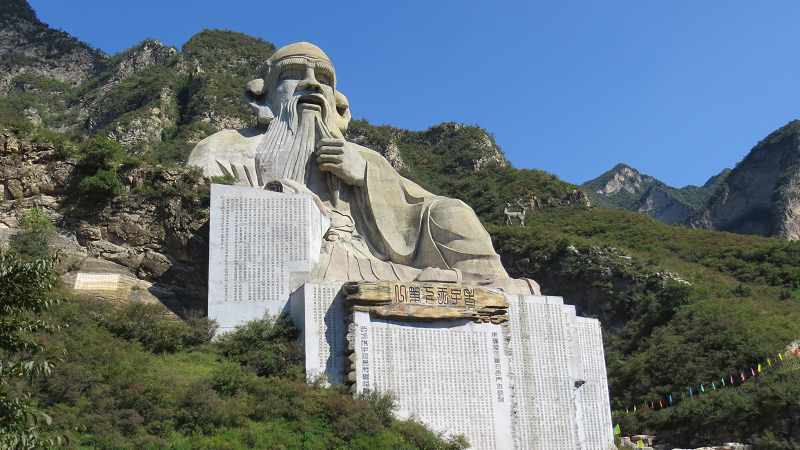Shenglian Mountain

Nestled in Shijiaying County of Fangshan District, 90 km from downtown Beijing, Shenglian Mountain with lofty marvelous peaks in luxuriant green, is also known as the Lianhua (Lotus) Mountain or Taishan Mountain in ancient time when the Buddha Mahakassapa cultivated here by eating holy rice and drinking holy spring, and later enlightened and became an immortal. The spot was named as one of the eight scenic attractions at environs of the capital city in the Ming Dynasty.
Shenglian Mountain is outstanding in its verdant high peaks. Blessed with the mysterious legend about the holy spring and holy rice, lush vegetation and fantastic geological wonders, it has been known as the "No.1 Miraculous Mountain in Beijing".
The temperature here is 3-7 degrees centigrade cooler than downtown Beijing all year around. In addition to several Buddhist temples and Taoist temples, the area also embraces villas of celebrities like senior Peking opera artist Yang Xiaolou, warlords Wu Peifu and Cao Kun.
Shenglian Mountain is now a place for Taoist religious activities, with Taoist architectures including a 57-m high Statue of Lao Tzu, Guanbaitai (a viewing and worshiping platform), Zhenwu Taoist Temple, Xiaoyaogu (Carefree Valley) and Taoist Health Museum built here, and it is also a tourist attraction that combines cultural and natural landscapes.
Changyang Park
Located in Changyang Town of Fangshan District, Changyang Park, as one of the 11 new-city large-scale parks in Beijing, is the one with the largest area, best location, most complete tree species and perfect infrastructure in the district.
The Park combines artificial landscapes with original ecological landscapes, forming an ideal place for leisure, recreation and sports - a downtown forest landscape embracing a variety of plant communities. The Park was rated as an “elite park” of the city by Beijing Gardening and Greening Bureau (Capital Greening Office) in 2013. The comprehensive urban area in the Park highlights three main feature themed scenic spots, namely Xianting Xinbu (Strolling in Courtyards), Ningxia Qiuse (Rosy-cloud Autumn Scenery), and Chunhua Qiushi (Spring Splendor and Autumn Fruit).
The local natural conditions endow the park with two rivers accompanied by two gardens, revealing an ecological waterfront landscape, planted with 53,550 arbors, 199,120 shrub, 717,952 perennial flowers, 105,743 square meters of lawn, and 668,914 square meters of ground cover plants.




